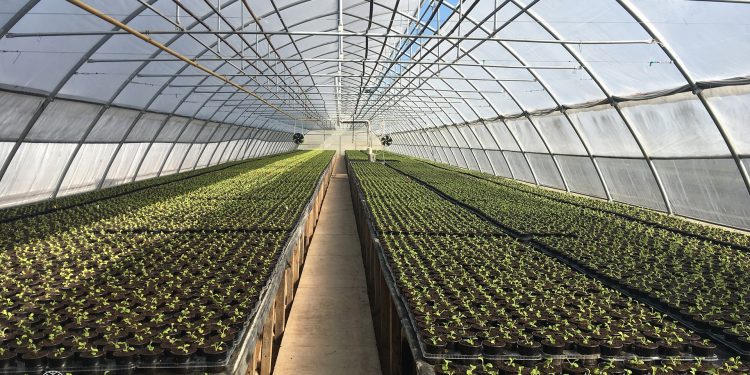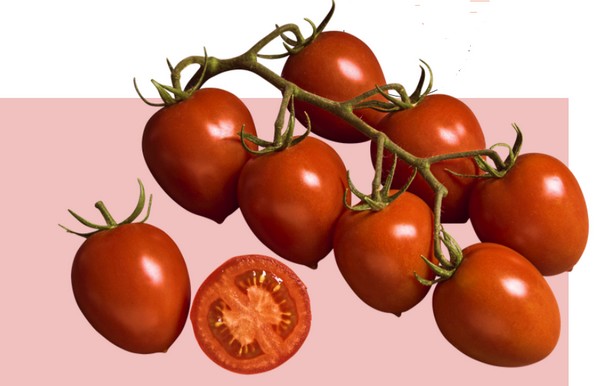#greenhouseproduce #commercialgreenhousemarket #salessurge #consumerdemand #sustainablefarming #innovation #challenges #risingdemand
The commercial greenhouse market in North America is experiencing rapid growth, fueled by increasing consumer demand for fresh, year-round produce and the need for sustainable farming practices. This article explores the development of the greenhouse produce industry, its consequences for farmers and consumers, and the innovative solutions being implemented to address challenges and meet the rising demand.
The commercial greenhouse market in North America is witnessing remarkable growth, with a compound annual growth rate of over 12%. The United States is leading the way in industry expansion, driven by several factors, including climate change challenges faced by farmers in the field.
As climate change brings advanced drought periods and heatwaves, the greenhouse produce business is booming. Research and Markets’ “Commercial Greenhouse Market Report 2022” highlights the compound annual growth rate of more than 12% in North America, with the U.S. driving industry expansion.
Canada, known for its robust greenhouse produce industry, has experienced significant growth. The farm gate value for greenhouse vegetables and specialized fruits in Canada increased from 1.4 million Canadian dollars in 2017 to over CA$2 million in 2021, according to Statistics Canada. Greenhouse vegetable sales also saw an upward trend, rising from 687,000 metric tons in 2020 to 723,000 tons in 2021.
The demand for a wide variety of fresh, year-round produce from both Canadian and American consumers has contributed to the surge in the greenhouse produce sector. Retailers are increasingly requesting consistent year-round volumes from their suppliers, indicating the growing market demand.
The growth of the greenhouse produce market is not only driven by consumer demand but also by the escalating challenges of climate change and the need for higher yields with limited water and land resources. Greenhouse farming offers significant advantages, providing more than 15 times the yield of field farming and the ability to produce nutritious vegetables throughout the year. Moreover, greenhouse produce requires fewer pesticides compared to conventionally grown field vegetables, making it an appealing choice for sustainably conscious consumers.
The rising consumer interest in greenhouse produce has led to expansions and investments in the industry to meet the growing demand. Companies are actively investing in infrastructure and partnerships to increase production. For example, Pure Flavor, an Ontario-based collection of greenhouse vegetable growers, recently launched its Solara Mini Galia melon, developed in collaboration with Cornell University. This innovative product offers consumers a cost-effective solution with less waste and year-round availability.
Consumers’ changing preferences have also contributed to the expansion of greenhouse produce. As shoppers expect to find their favorite produce all year round, retailers are adapting by diversifying their product assortments and introducing new varieties. Snacking varieties, such as grape and cherry tomatoes in different colors and shapes, are gaining popularity as consumers seek convenient and nutritious options. Retailers are responding to this trend by requesting snack-size items from greenhouse producers.
The increasing consumer interest in greenhouse produce also brings challenges. Competition is intensifying, leading to mergers, acquisitions, and significant investments to meet the growing demand. Companies like Pure Flavor are expanding through acquisitions, while others are collaborating with growers, packers, shippers, and logistics personnel to overcome inflationary pressures and maintain reasonable prices.
Innovation plays a vital role in addressing these challenges. Greenhouse producers are investing in advanced technologies, sustainable practices, and efficient supply chain management to optimize production and meet consumer expectations. The continuous development of innovative solutions will be crucial for the long-term success of the greenhouse produce industry.
The surge in demand for greenhouse produce in North America is driving the growth of the commercial greenhouse market.












